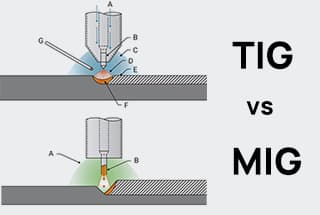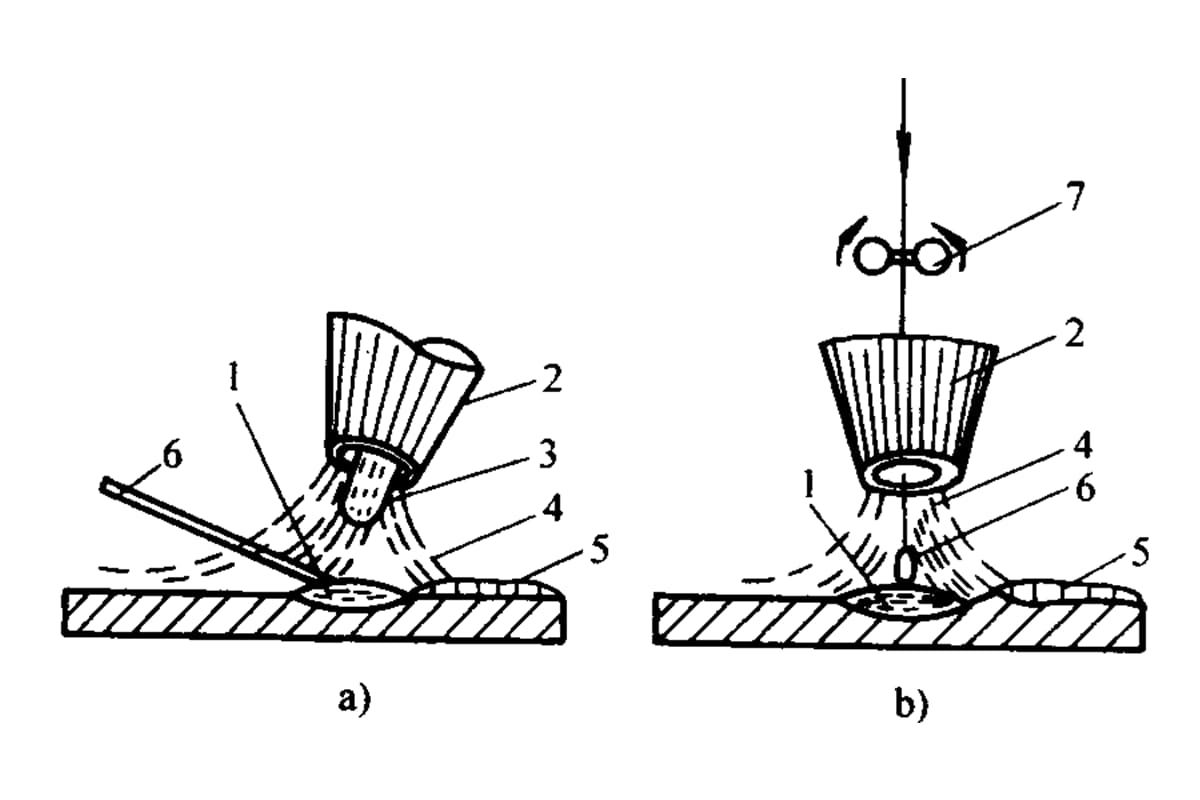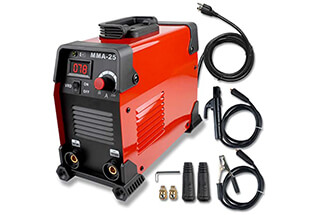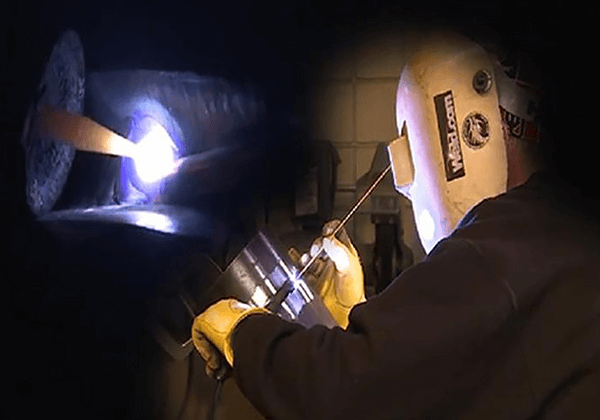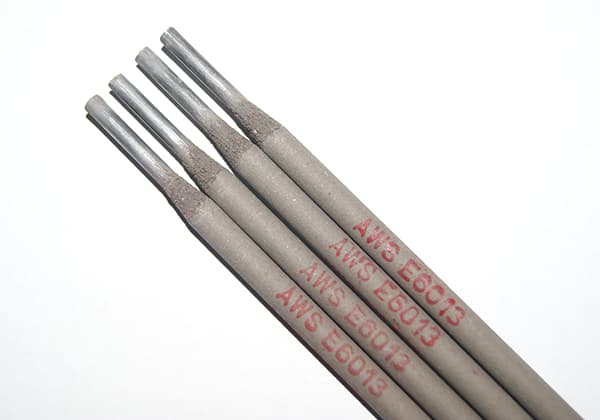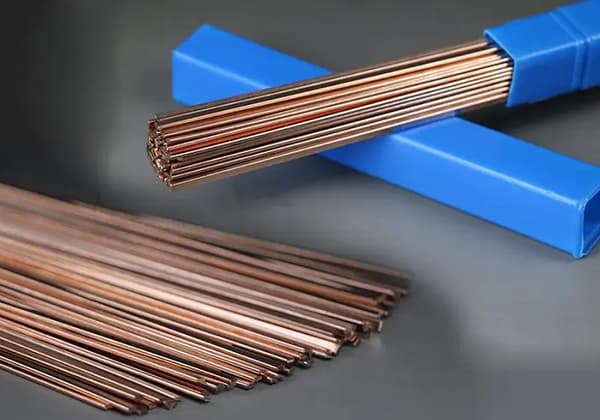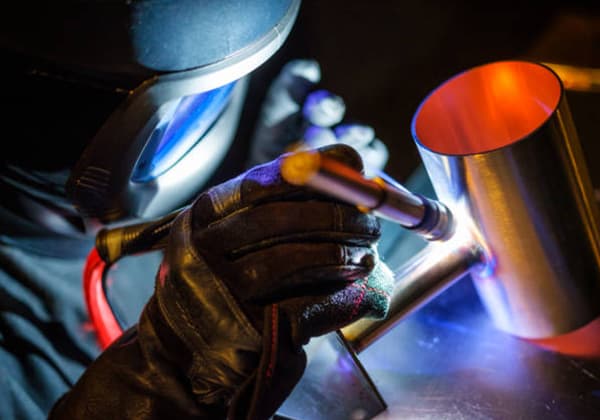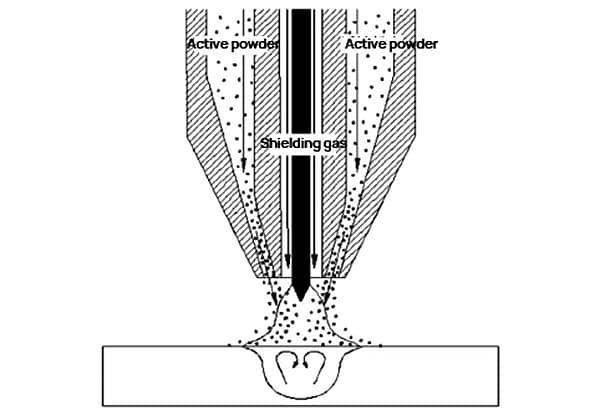
Have you ever wondered how to perfect your TIG welding technique? Choosing the right parameters is crucial for achieving strong, clean welds. In this article, we’ll explore the essentials: selecting the appropriate welding current, optimizing the tungsten electrode, and ensuring proper gas flow. By the end, you’ll understand how to adjust these parameters to enhance your welding precision and quality. Dive in to elevate your TIG welding skills and achieve professional results every time.
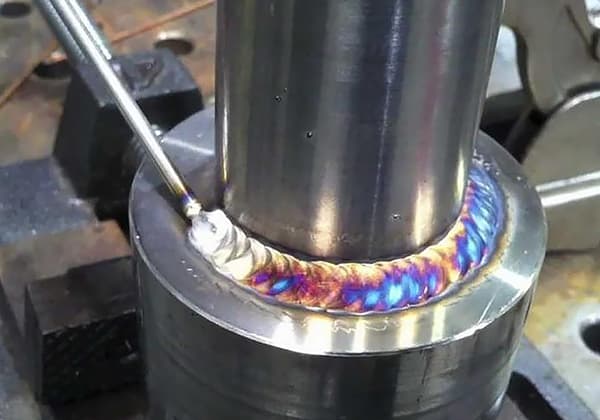
The selection of welding current type and size is critical in achieving optimal weld quality and performance. The current type is primarily determined by the material properties of the workpiece, while the current size significantly influences the weld penetration depth and overall joint integrity.
Current Type:
The choice between alternating current (AC) and direct current (DC) depends on the workpiece material’s thermal and electrical properties. For instance, DC is typically used for steel and stainless steel, while AC is preferred for aluminum and magnesium alloys due to its cathodic cleaning action, which breaks down surface oxides.
Current Size:
The magnitude of the welding current is a crucial parameter that directly affects the weld penetration depth, bead geometry, and heat-affected zone (HAZ) characteristics. Its selection is influenced by several factors:
In manual welding processes like Tungsten Inert Gas (TIG) welding, the welder’s skill level can also play a role in determining the optimal current setting. Experienced welders may be able to work with higher currents, achieving deeper penetration and faster travel speeds.
It’s important to note that modern welding power sources often offer advanced features like pulsed current and waveform control, allowing for fine-tuning of the welding parameters to achieve optimal results for specific applications.
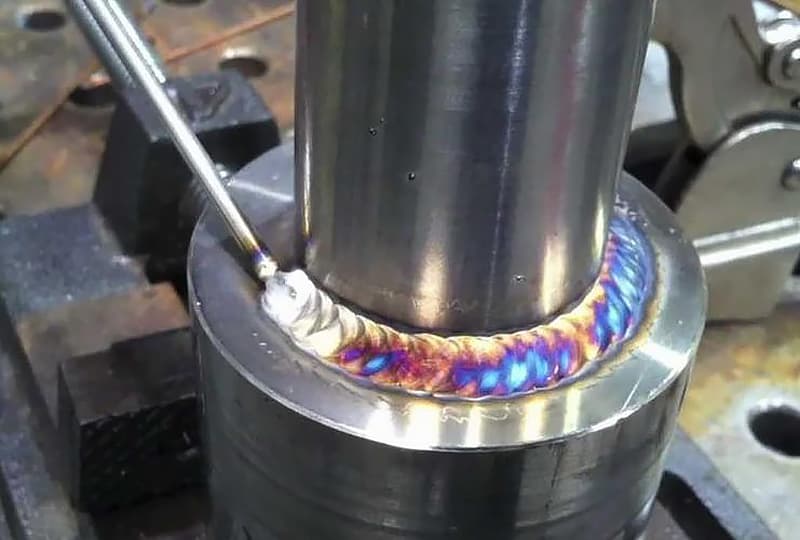
The end shape of the tungsten electrode is an important process parameter. Different end shapes are chosen according to the type of welding current used.
The size of the tip angle α affects the allowable current of the tungsten electrode, arc starting, and arc stability.
Table 1 lists the recommended current range for different tungsten electrode tip sizes.
| Tungsten electrode diameter mm | Tip diameter mm | Tip angle (°) | Current/A | |
| Constant current | Pulse current | |||
| 1.0 | 0.125 | 12 | 2-15 | 2-25 |
| 1.0 | 0.25 | 20 | 5-30 | 5~60 |
| 1.6 | 0.5 | 25 | 8-50 | 8-100 |
| 1.6 | 0.8 | 30 | 10-70 | 10-140 |
| 24 | 0.8 | 35 | 12-90 | 12-180 |
| 24 | 1.1 | 45 | 15-150 | 15-250 |
| 3.2 | 1.1 | 60 | 20-200 | 20-300 |
| 3.2 | 1.5 | 90 | 25~250 | 25-350 |
When welding with low current, using a small diameter tungsten electrode and a small cone angle can make the arc easy to ignite and stable.
When welding with high current, increasing the cone angle can prevent the tip from overheating and melting, reduce loss, and prevent the arc from extending upward and affecting the stability of the cathode spot.
The tip angle of the tungsten electrode also has a certain influence on the depth and width of the weld. Reducing the cone angle reduces the depth of the weld and increases the width, and vice versa.
Optimizing gas flow rate and nozzle diameter is crucial for achieving superior weld quality and efficiency in gas metal arc welding (GMAW) processes. These parameters directly influence the shielding gas coverage, arc stability, and overall weld integrity.
The gas flow rate and nozzle diameter exhibit a symbiotic relationship, with an optimal range that maximizes the effective protection zone while minimizing turbulence and contamination. Insufficient gas flow compromises the shielding effect, leaving the weld pool vulnerable to atmospheric contamination. Conversely, excessive flow can induce turbulence, potentially entraining atmospheric gases and compromising weld quality.
When calibrating gas flow, consider the following factors:
Nozzle diameter selection is equally critical:
To optimize these parameters:
See Table 2 for the selection of hand-held gas tungsten arc welding nozzle aperture and protective gas flow rate.
| Welding current /A | DC direct connection | Direct reverse connection | ||
| Nozzle aperture mm | Flow rate L/min | Nozzle aperture mm | Flow rate L/min | |
| 10-100 | 4~9.5 | 4-5 | 8-9.5 | 6-8 |
| 101-150 | 4~9.5 | 4-7 | 9.5-11 | 7-10 |
| 151-200 | 6-13 | 6-8 | 11-13 | 7-10 |
| 201~300 | 8~13 | 8-9 | 13-16 | 8-15 |
| 301-500 | 13-16 | 9-12 | 16-19 | 8-15 |
The selection of welding speed is primarily governed by the workpiece thickness and must be carefully coordinated with other critical parameters such as welding current, preheating temperature, and electrode type. This synergy ensures the achievement of required fusion depth and width, ultimately determining weld quality and strength.
In high-speed automatic welding processes, such as robotic TIG or laser welding, the impact of welding speed on shielding gas effectiveness becomes a crucial consideration. Excessive welding speeds can lead to a significant lag in the protective gas flow, potentially exposing the tungsten electrode tip, arc column, and weld pool to atmospheric contamination. This exposure can result in oxidation, porosity, and other weld defects that compromise joint integrity.
To mitigate these risks and maintain optimal protection, welders must implement appropriate countermeasures. These may include:
The farther the distance, the worse the gas protection effect. However, if the distance is too close, it can affect the welder’s line of sight and easily cause the tungsten electrode to contact the weld pool, resulting in tungsten inclusion.
Generally, the distance between the nozzle end and the workpiece is between 8 and 14mm.
Table 3 lists the reference welding parameters for tungsten inert gas welding of several materials.
| Plate thickness mm | Number of welding layers | Tungsten electrode diameter mm | Welding wire diameter mm | Welding current A | Argon flow rate L/min | Nozzle aperture mm | Wire feeding speed cm/min |
| 1 | 1 | 1.5-2 | 1.6 | 120-160 | 5-6 | 8-10 | – |
| 2 | 1 | 3 | 1.6-2 | 180-220 | 12-14 | 8-10 | 108-117 |
| 3 | 1-2 | 4 | 2 | 220-240 | 14-18 | 10-14 | 108-117 |
| 4 | 1-2 | 5 | 2-3 | 240-280 | 14-18 | 10-14 | 117-125 |
| 5 | 2 | 5 | 2-3 | 280-320 | 16-20 | 12-16 | 117-125 |
| 6-8 | 2-3 | 5-6 | 3 | 280~320 | 18-24 | 14-18 | 125-133 |
| 8-12 | 2-3 | 6 | 3-4 | 300-340 | 18-24 | 14-18 | 133-142 |

